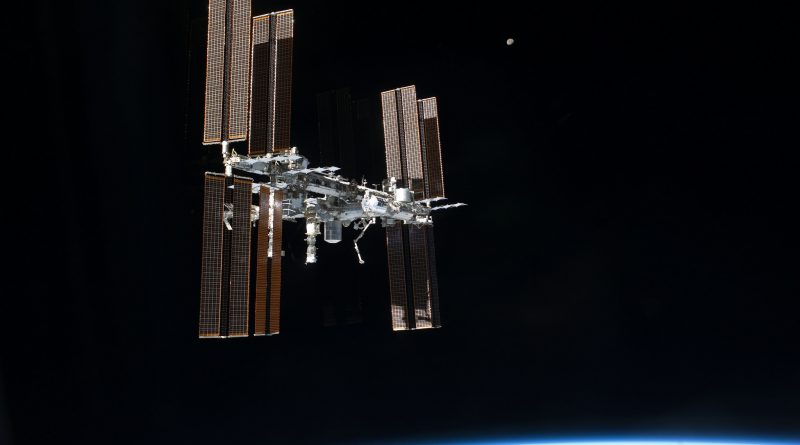International Space Station completes scheduled Reboost Maneuver for upcoming Soyuz Landing
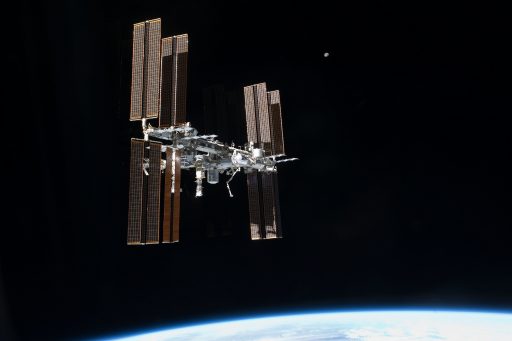
The International Space Station completed a scheduled reboost maneuver on Wednesday, May 17, 2017 to adjust its orbit and set up the proper ground track for the landing of Soyuz MS-03 with a French-Russian crew duo on June 2.
Wednesday’s reboost was completed at 21:35 UTC using the engines of the Zvezda Service Module that fired for 13 seconds to change the Station’s speed by 0.2 meters per second, slightly raising the station’s orbit which will set up the proper ground track for the Soyuz’s return trip toward a parachute-assisted landing in south-central Kazakhstan.
The Space Station regularly completes reboost maneuvers to maintain its orbital altitude around 400 Kilometers, countering a gradual decline in speed due to drag in the outermost layers of Earth’s atmosphere. Reboost maneuvers are also used to set up phasing for visiting vehicle arrivals and departures, creating the orbital geometry needed for efficient rendezvous maneuvers, especially for the crewed Soyuz craft that employ a six-hour launch-to-docking profile requiring a precise phasing setup.
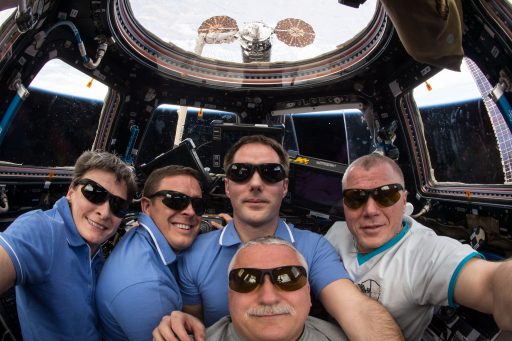
Soyuz MS-03 with veteran commander Oleg Novitsky and ESA Astronaut Thomas Pesquet will depart the International Space Station at 10:47 UTC on June 2 for two and a half hours of free flying prior to a rocket-powered braking maneuver that will drop the Soyuz out of orbit for touchdown at approximately 14:09 UTC.
The mission is planned to be 197 days in duration, launching with a crew of three and landing with only two crew members as NASA’s Peggy Whitson transitioned to the Soyuz MS-04 crew in order to remain on ISS for an additional three months, avoiding a lengthy period of two-crew operations between MS-03 landing and MS-05 launch currently targeting July 28.
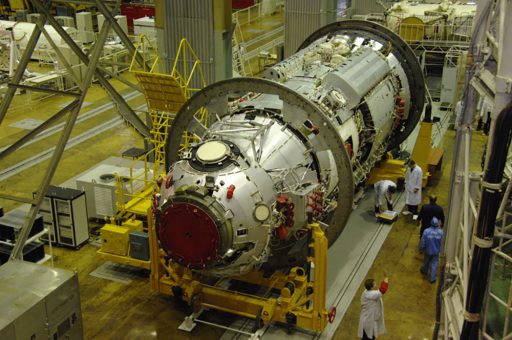
Upcoming for ISS are a number of visiting vehicle operations over the summer, starting with the arrival of the Dragon SpX-11 spacecraft aiming for liftoff NET June 1st for a June 4 arrival at ISS to deliver internal supplies and three external payloads to the Station. The second Progress mission of 2017 is set for liftoff from the Baikonur Cosmodrome on June 14th for a two-day flight to ISS ahead of docking to the Zvezda Service Module.
Russian Mission planners recently shuffled Progress docking ports after it became official that the Multipurpose Laboratory Module ‘Nauka’ will not be making its way into orbit this year. A new launch date for the stricken module has been penciled in for October 2018, following what was a decade of delays due to a string of issues with MLM, the latest being a contamination within the propellant tanks of the maneuverable module.
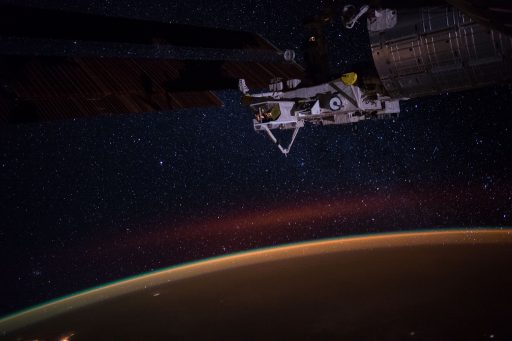
Originally, Progress MS-05 that docked to the Pirs module in February was expected to clear out before the next Progress so that the MS-06 spacecraft could take the Pirs docking compartment with it at the end of its stay to make room for Nauka. With Nauka grounded for another year, Pirs will remain in orbit, allowing Progress MS-06 to use the aft docking port on Zvezda to have two Progress craft docked at the same time.
Zvezda has been sitting vacant since mid-October 2016 – typically it is desired to have a Progress docked to the aft of ISS as this allows for the craft to be readily called upon for reboost and debris avoidance maneuvers along the velocity vector.
Dragon SpX-11 and Cygnus OA-7 are set to depart the Station in July, prior to the July 28 launch of the Soyuz MS-05 spacecraft with Sergei Ryazansky, Paolo Nespoli and Randy Bresnik, topping up the Station’s crew at five for some six weeks of joint operations as part of ISS Expedition 52.
For the near-term ISS is looking at a busy period of CubeSat deployments including 27 CubeSats for the QB50 project that are being released between May 16 and 25 to begin a detailed study of Earth’s thermosphere.

